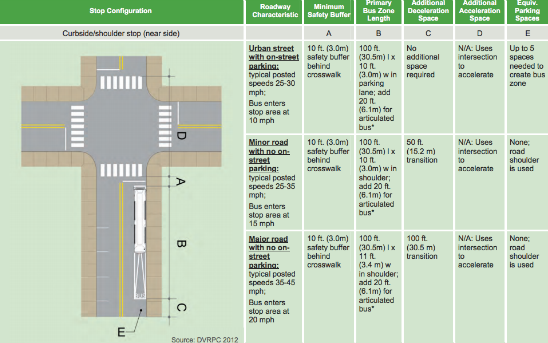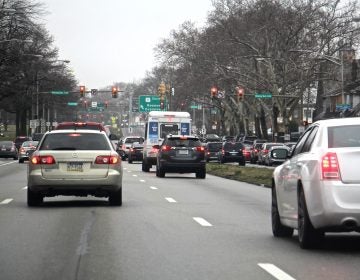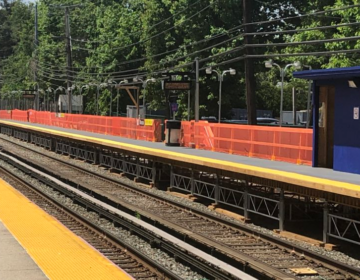SEPTA and DVRPC release bus stop design guidelines

Just when you thought Philadelphia had a plan, study, or guideline for nearly everything – Complete streets guidelines? Got it. Bicycle and pedestrian plan? Got it. District plans? We’re getting there. Sustainability plan? Philadelphia has it and then some – SEPTA and DVRPC released yet another set of guidelines. This time it is the “SEPTA Bus Stop Design Guidelines.”
The clean and visual guide offers templates for recommended facility and amenity design and is based on the idea that a “high-quality transit stop is one that is well connected to the neighborhood or community it serves, accommodates the needs of all transit passengers safely and comfortably, and permits efficient and cost-effective transit operations,” the guidelines read.
The document walks municipalities, local developers, and other local partners through recommended options for stop location, in-street stop design, curbside design and passenger amenities. It lists advantages and disadvantages for different alternatives, covers best practices, and offers specific dimensions and paving considerations.
For instance, it breaks down the advantages and disadvantages of far-side, near-side, and midblock bus stop locations. It covers typical curbside bus zone lengths and the added room necessary for articulating busses and bus turnouts. Charts show detailed dimension specifications and recommended pedestrian path and waiting area widths and are accompanied by clear graphics.
With all of the guidelines and plans bouncing around, elements like the recommended length of benches near bus stops may not get much attention, but all of these smaller pieces are what will add up to a noticeably different public landscape years down the road.
———
Want more?
- SEPTA Bus Stop Design Guidelines [pdf], October 2012
WHYY is your source for fact-based, in-depth journalism and information. As a nonprofit organization, we rely on financial support from readers like you. Please give today.







